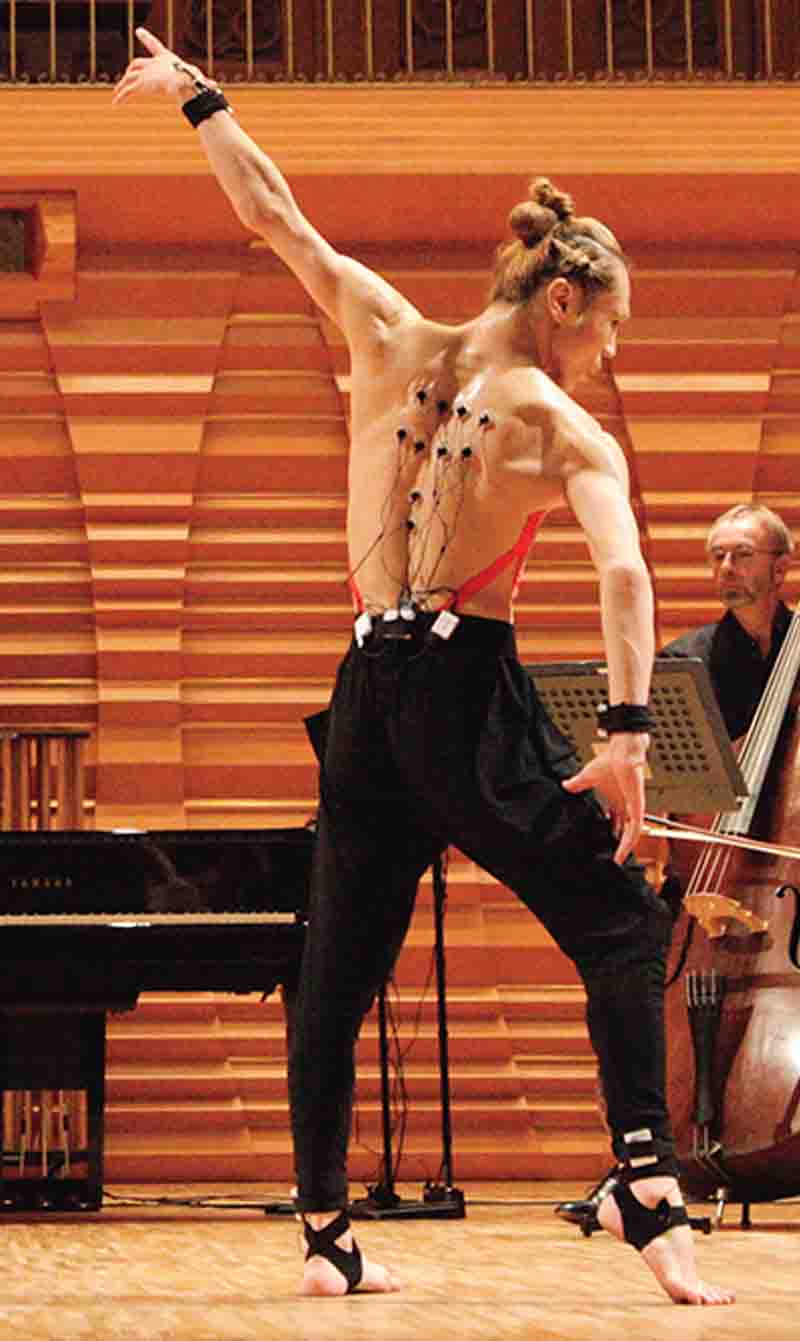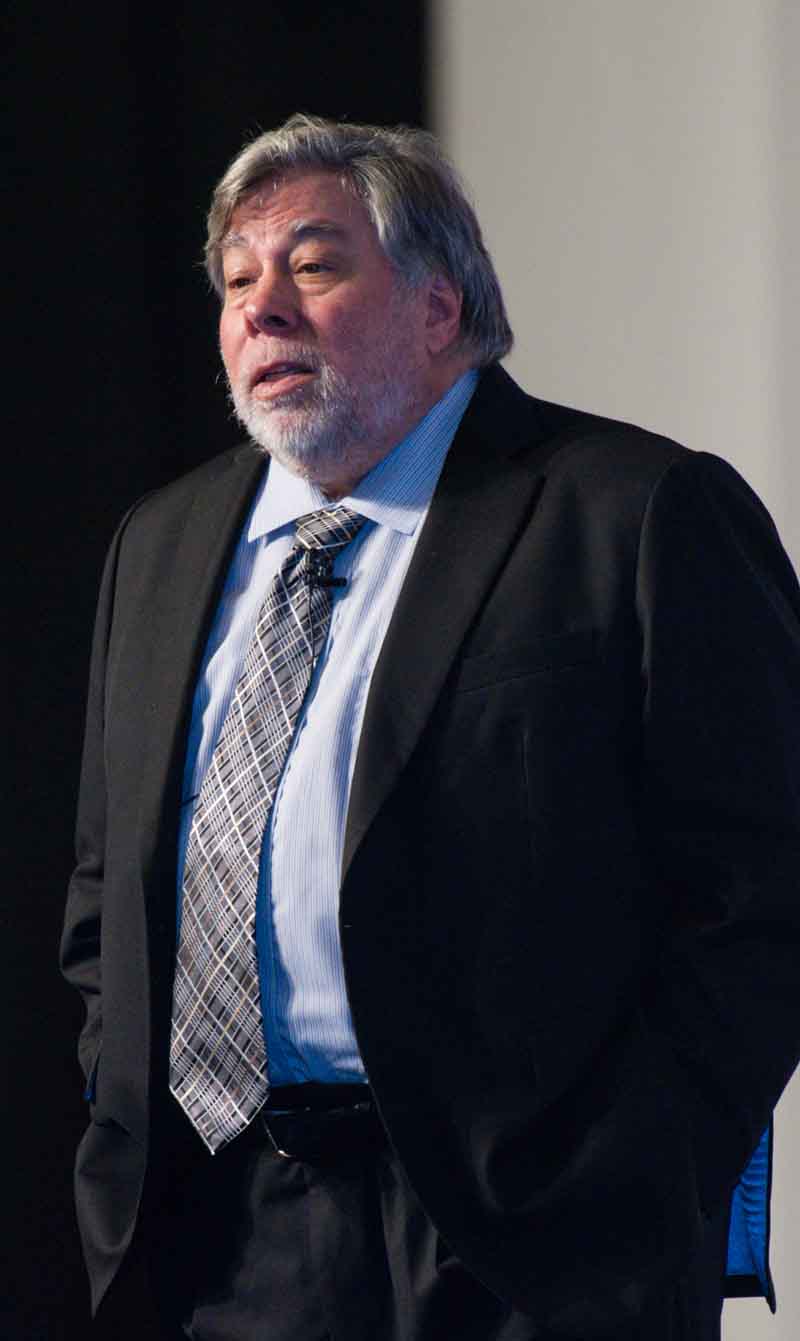Forking out facts on halal branding
Having morphed from a religious term into a universal standard, reassuring consumers of health and goodness in products, halal has just begun its business journey. Now it appears to cover almost everything under the sun, even the branding space in business.
Born and raised in England, Professor Jonathan A. J. Wilson is a leading expert in the halal branding space. His PhD thesis investigates global branding, management and consumer trends. In his two papers published in 2010; Shaping the Halal into a Brand? and The Challenges of Islamic Branding, Navigating Emotions and Halal, he argues if halal has its own values, rules, principles, norms and procedures, then halal branding should follow the same approach and be given the same care and attention.
A specialist in the ABCD of business and culture – advertising, branding, communications and digital – Jonathan explains how the halal industry didn’t just suddenly appear. According to him, it emerged in two phases of development with the first being Muslims’ inspiration from the Jewish community in the United States. The second was the realisation that halal could offer economic stability in terms of consumption and commerce and move the balance of power in favour of the Muslim community.
‘Today, the major advocates for the halal space are of two types,’ Jonathan says. ‘First are those who cater to Muslim markets businesses, where a portion of a business exists in the halal ecosystem and who see halal as an enabler that links to a form of ethnic or localised marketing. Second, are Muslim SMEs, who live, breathe and think halal because it’s the way they want to live their lives and do business.’
According to Jonathan, despite the halal advocacy of many non-Muslim countries such as Australia, Brazil, China, Italy, Japan, New Zealand, South Korea, Spain, Thailand, United Kingdom and the United States, there exists a worry about being too overt in their fandom. This is for fear of being labelled religious fanatic lovers, by a vocal minority of anti-Muslim sentiment.
The way to great halal branding
‘People just don’t know how to do good halal branding. They aren’t bothered to invest time and resources into finding out and producing world- beating brands,’ Jonathan says. He gives examples such as Apple, Nike, Tom Ford, Adidas and McDonald’s and how they produce leading products due to great branding. ‘There are great non-Muslim products with halal certification with below par branding and could do more to tweak their branding.’
A very complicated area is how halal standards are being understood by different areas. Jonathan has been in a DNA lab testing, also conversing with Islamic scholars on the topic of halal. ‘It’s very much work in progress,’ he explains. ‘We’re having to update thinking, innovate in a positive and authentically Islamic way. That means bringing together thought from fiqh (interpretation of Islamic law), madhabs (school of thought within fiqh), business and management, marketing, behavioural psychology, sociology, agriculture and food sciences.’
For example, one of the areas that Jonathan identifies is the use of genetically modified crops that are insect resistant. ‘On the face of it, it makes perfect sense to maximise the harvest of crops and to avoid using pesticides. However, from my own Islamic perspective, I wonder whether Muslims should create plants that effectively bring the extinction of certain insects, which are also creations of Allah and must have been created for a reason, and with his wisdom,’ he says.
Rights of workers and consumers
Jonathan sees that halal has to become the global vanguard for defending ethical and moral principles which ensure fair trade, rights of workers, traceability and sustainability. ‘That has to be for the entire economic pyramid and not just for white-collar, affluent middle-class Muslims as a lifestyle choice,’ he explains.
He also suggests the idea that consumers shall be able to use their smartphones to check the entire supply chain and assess the halal credentials. It’s right down to the farm, oceans, date of harvest, corporate and social responsibilities. ‘If you think about it, you can have halal farmed and slaughtered meat but how do you know that it has been transported, stored and prepared in a halal way?’ Jonathan ponders.
With almost 10 years researching, writing, speaking and consulting on halal branding, Jonathan has developed his own methodology, approach and toolkit. It’s to bridge the gap between western, eastern and Islamic thoughts. ‘It has two key differences that impose limits on what one can do but in a good way because some have become tired of overly aggressive and exploitative marketing. The other’s time horizon on how one assesses the value and accountability in what one does, and of consumers are for all eternity,’ he says. ‘If you get it right, the rewards and multiplier effect is immense. In the golden age of Islam, we can see evidence of how the message spread globally and at such a rapid rate because there was a strong sense of rizq (luck or sustenance) being from Allah,’ he says. Jonathan wants to see more adventurous Muslims who are not afraid to try new things and take on new challenges. ‘I’d like to see more of that today, and less of a copy-cat mentality that some quarters show – where they see something in the west and want to produce a “me too” version. In many ways that strips the beauty, quality and excellence out of it,’ he concludes.
___________________
For more exclusive business interviews and articles read our digital versions of In Focus magazine, issue 1 and issue 2.





